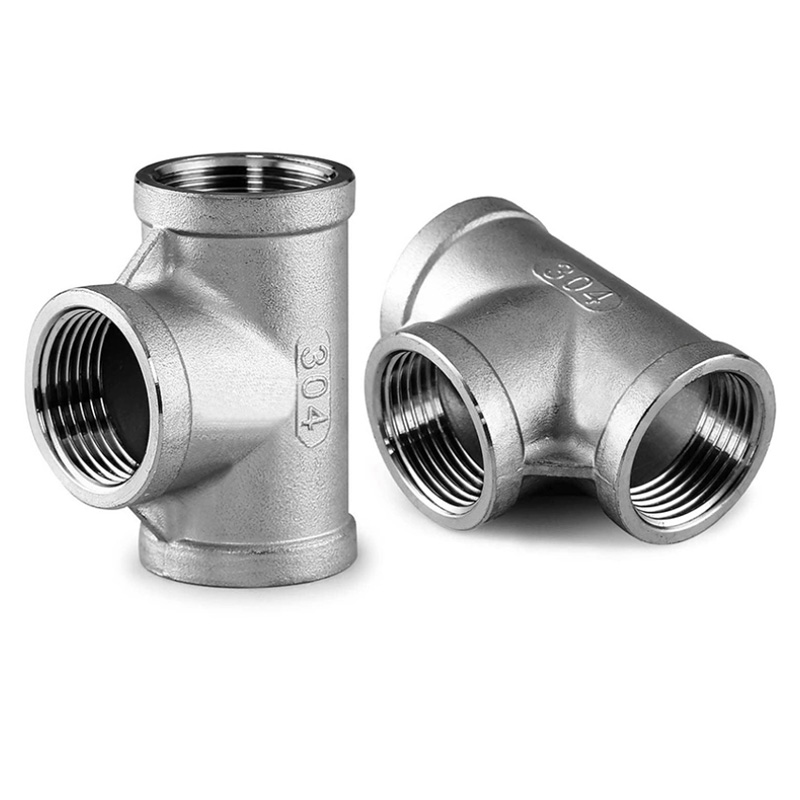What surface finishes can be expected from investment-cast parts, and how can they be improved?
2025-04-15
Investment casting (also known as lost-wax casting) is well-known for producing components with fine detail and relatively smooth surface finishes. Here's a breakdown of what to expect and how those surfaces can be further enhanced:
Typical Surface Finishes from Investment Casting
- Standard Finish (As-Cast):
Investment-cast parts usually have a surface roughness of Ra 125 to 250 microinches (3.2 to 6.3 micrometers). This is already better than many other casting methods like sand casting.
- Factors Affecting Surface Quality:
- Wax pattern quality
- Shell material and thickness
- Alloy type
- Cooling rate and mold burnout process

Ways to Improve Surface Finishes
1. Higher-Quality Wax Patterns
Using precision wax injection and better molds can produce smoother patterns, which directly translates to finer surfaces on the final metal part.
2. Improved Shell Coating
Using fine ceramic slurries and controlled drying cycles leads to smoother internal shell surfaces. Multiple thin coatings can also help reduce surface irregularities.
3. Post-Casting Treatments
- Shot Blasting or Grit Blasting: Removes ceramic residue and refines texture.
- Polishing or Buffing: Achieves mirror-like finishes for cosmetic or functional purposes.
- Electropolishing: Especially effective for stainless steel, this improves corrosion resistance and gives a smooth, shiny surface.
- Machining: For extremely precise or critical surfaces, secondary CNC machining can provide finishes as low as Ra 8 microinches (0.2 micrometers).
4. Heat Treatment
While not directly a surface finish method, it can reduce surface oxidation and help prepare the part for further finishing steps.
5. Coating and Plating
If both appearance and surface protection are needed, techniques like anodizing (for aluminum) or chrome plating (for steel) can dramatically improve both surface finish and durability.
Conclusion
Investment casting delivers relatively smooth surfaces right out of the mold compared to other casting methods. However, if your application requires finer finishes, there are several effective ways to improve them—ranging from better pattern materials to polishing and coating.
If you have a specific alloy or application in mind, I can help suggest the best surface finish methods for your case.


